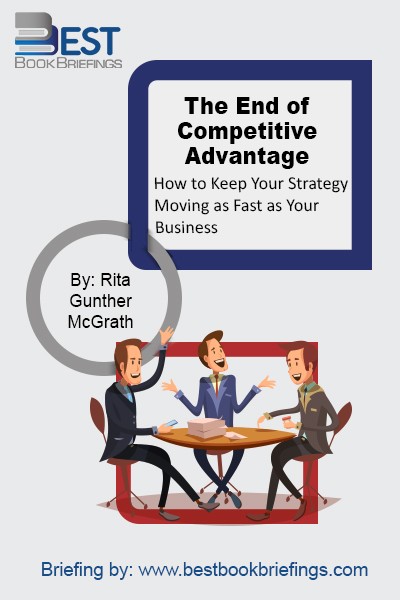The End of Competitive Advantage
How to Keep Your Strategy Moving as Fast as Your Business
Number of pages: 240
Publisher: Harvard Business Review Press
BBB Library: Corporate Success
ISBN: 9781422172810
Editorial Review
Today, that way of thinking about strategy is in tatters. It would be easy to bemoan the loss of so much security and stability, and it is indeed important to be candid about the downsides and the social adjustment costs. But it’s just as important to be excited about the opportunities so much dynamism in our economy creates. There will be more room for people to be entrepreneurial. There will be much more variety in how we cobble together our careers, meaning there will be many more on-ramps for people who need to step away for a while. There will be a need, yes, but also tremendous opportunities for more people to obtain the skills and education they will need to be effective in the transient-advantage economy.
Book Reviews
Books on Related Topics
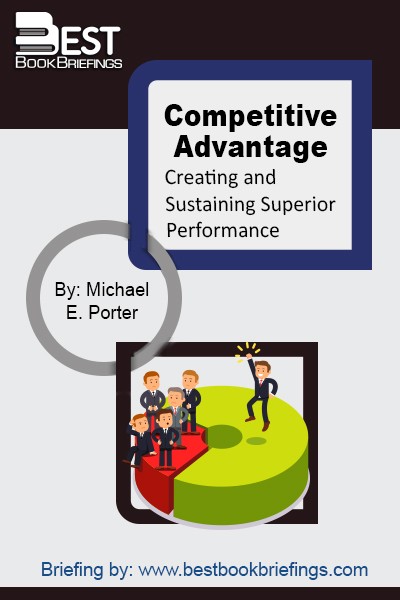
In this book, the author illustrates using real life experiences how a firm should analyze the competition and position itself in such a way that it pulls a fair share of the market. In the book, the author covers the need for a firm to establish a value chain and add
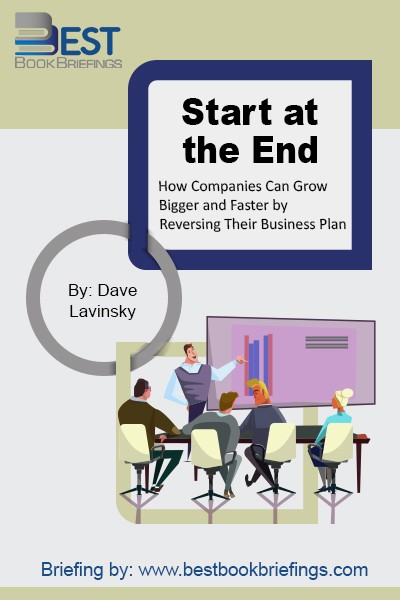
Business owners, and their teams, often lose their way in the midst of the day-to-day stress of generating sales and profits. Suddenly, everyone becomes so focused on short-term goals that the entire organization loses sight of the long-term vision. The solution is to start at the end. When you know where
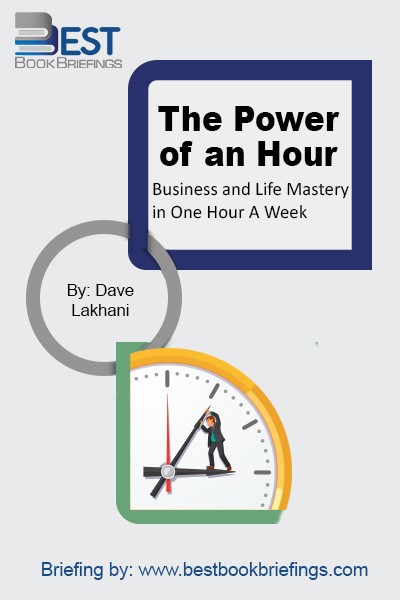
Whether you own a business or just want to be the best person you can, you may just subject yourself to change. While time may seem like the thing you need the most of, it turns out that isn’t true. We all get the same number of minutes and hours in
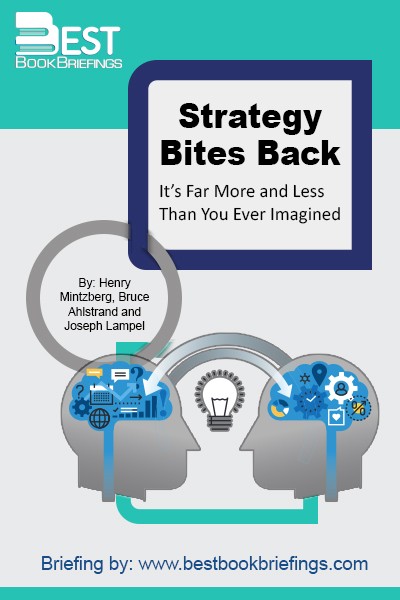
The Malcolm Baldrige Award is given annually to companies that have extremely high quality. In 1990, the Wallace Company, a family-run distributor of pipes and valves in Houston won in the small business category. Unfortunately, glowing reviews about the company didn’t transfer into results. Quality alone wasn’t the recipe for success.
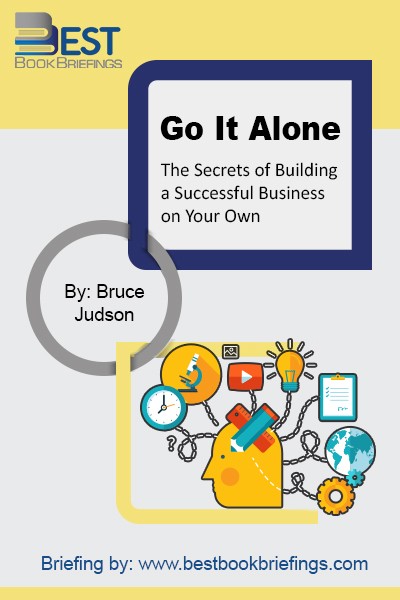
Only few of us feel that we set our work at what we do best, and are doing what we most love doing. People who are unhappy at work can't use their unique skills. They feel they are wasting an important part of their lives. What should they do then? Their
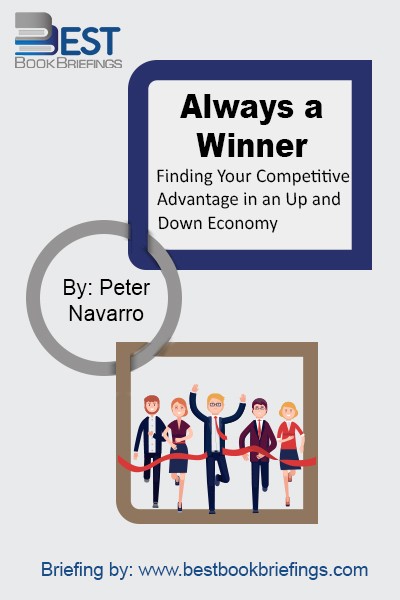
In this book, you will learn to Forecast movements and key recessionary turning points in the business cycle; implement a set of powerful battle-tested strategies over the course of the business cycle; rebuild your organization with a strategic business cycle orientation and thereby make it much more recession-resistant and resilient over

